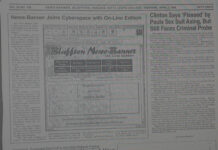What a beautiful bug. Crane fly identification came without hesitation, but desire lingered for a more accurate name. There were so many, Google “crane fly” and see. Dead winter served as a time to attempt a more accurate identification. Crane flies have appeared as a topic in prior Angelkeep Journals’ postings, but this creature deserved…



